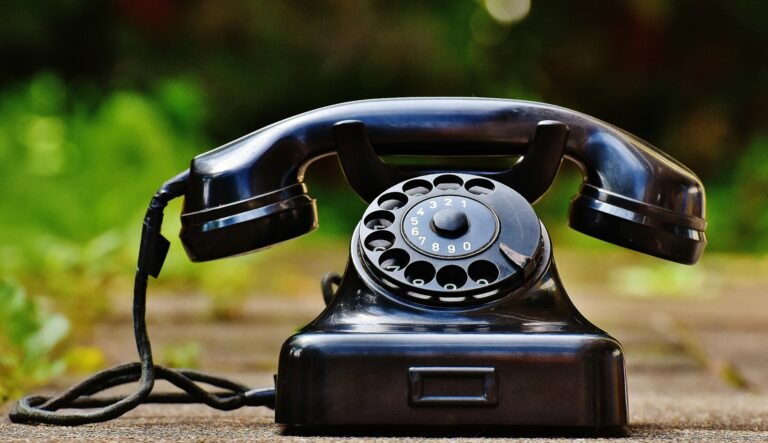Guide to walkers for the disabled: types and uses

The walker is a medical aid that is used when a person has reduced motor ability, due to a disability, a disease or due to advanced age. This tool is used to partially reactivate the ability to walk and become autonomous thanks to the structure that allows you to support yourself safely, without resorting to a wheelchair or the support of third parties.
In many cases, people with motor disabilities and the elderly tend to feel a “burden” for other people, due to the loss of freedom of movement. All the aids useful for the partial restoration of autonomy and displacement are, therefore, fundamental tools for the recovery of independence and social relations.
All assistive systems for the disabled and the elderly benefit from the VAT subsidy and buyers can also benefit from a deduction from IRPEF which concerns the removal of architectural barriers and the purchase of walking aids for those entitled, such as the walker for the elderly .
Types of walkers: which ones to use
Walkers for the disabled and the elderly, are used to remedy the reduced or lack of balance on the lower limbs. There are many types of walking aids, for indoor and outdoor environments, starting from the classic crutches up to walkers and stabilizers.
In the context of rehabilitation, the aid that favors physical rehabilitation and the movement of the disabled is the walker, which is available on the market in the form of different models, based on the way the person moves, on the transportability of the aid, on the place of use and in particular on the physical characteristics of the person such as weight and age.
Those with reduced mobility of the lower limbs need to get a secure support both at home and outside. The indoor walker is a structure that allows you to move easily, thanks to its small size that facilitates its passage even in the narrowest corridors. Some types, in fact, have a maximum width of 45 cm and are made with ultra-light materials, perfect even for the elderly.
The outdoor walker , on the other hand, is made with more resistant materials capable of tackling all road surfaces and any problem that might be faced in a park, in the middle of nature or on a walk in the city. The outdoor walker is called ” Rollator ” and is made of lightweight aluminum, equipped with brakes.
Folding and seated walkers
The recent models of walkers currently on the market are both light and very resistant to loads and impacts. There are foldable walkers, which allow them to be stored and transported easily, this type ensures immediate closure and can also be transported by car thanks to its small size.
The most suitable walkers for the elderly are those equipped with a seat. It is a type of aid dedicated in particular to people with rather severe motor limb handicaps, who need additional support compared to classic walker models, which allows you to stop and rest seated when the body is particularly weak after a simple walk. or after a convalescence.
The prices of walkers
The costs of a walker vary according to the type of model chosen: the Rollator is the most purchased model and its price varies from 70 euros up to around 130 euros. The more classic models of walkers can be purchased from 50 euros.
Some specialized shops allow you to take advantage of the rental of walking aids, however, the rental is generally recommended to those who need these tools only for temporary and short-medium term use, because prolonged use of the rental formula could be more expensive than the purchase of the same
























+ There are no comments
Add yours